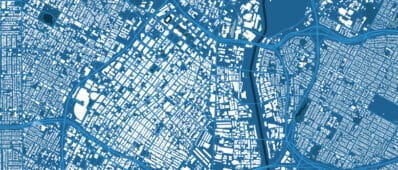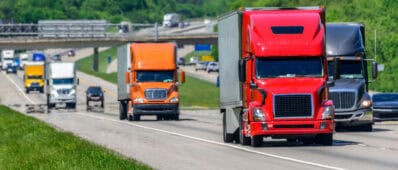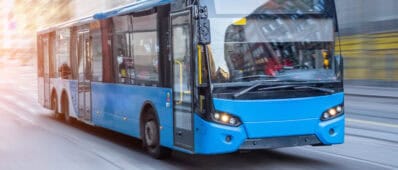Project Summary
California is growing faster and aging more rapidly than America as a whole. California’s population aged 60 years and over is expected to grow more than three times as fast as the total population. Older adults age in place – increasingly in suburban areas where access to transit and pedestrian-friendly neighborhoods is limited. Data from the 2017 National Household Travel Survey show that people over age 65 made 86 percent of their trips by automobile; 66 percent as drivers. As they age, however, many older adults limit their driving and ultimately lose the ability to drive altogether, affecting their quality of life in old age. Prior studies of travel patterns and residential location of the elderly rely on “cross sectional” data from censuses and surveys – comparing different population groups to one another at a single point in time. This limits the understanding of changes in behavior over time because elderly people in coming decades will differ substantially from today’s older population. Older populations in the future will exhibit residential and travel patterns reflecting choices they made when they were younger and may not resemble patterns typical of today’s elderly. Cohorts of adults who will grow old in coming decades, however, are already alive and their behavior can be observed. This study will compare relationships among aging, residential location, and travel among past, current, and soon-to-be elderly people and explore which differences are due to the aging process and which are due to life style differences among cohorts that were established when they were younger. Using the Health and Retirement Survey, a rich data set rarely used to study transportation and travel, the research team will test (1) whether recent cohorts of older adults – those about to enter old age – have greater access to transportation (driving and proximity to transit) than older cohorts (2) the factors associated with driving cessation and moves to transit-rich neighborhoods, and (3) relationships between limited access to transportation and quality-of-life outcome measures (e.g. employment, physical activity, out-of-home activity participation, and life satisfaction). Original methodological contributions will be made along with insights of importance to policymakers who address the needs of the state’s rapidly aging population.











